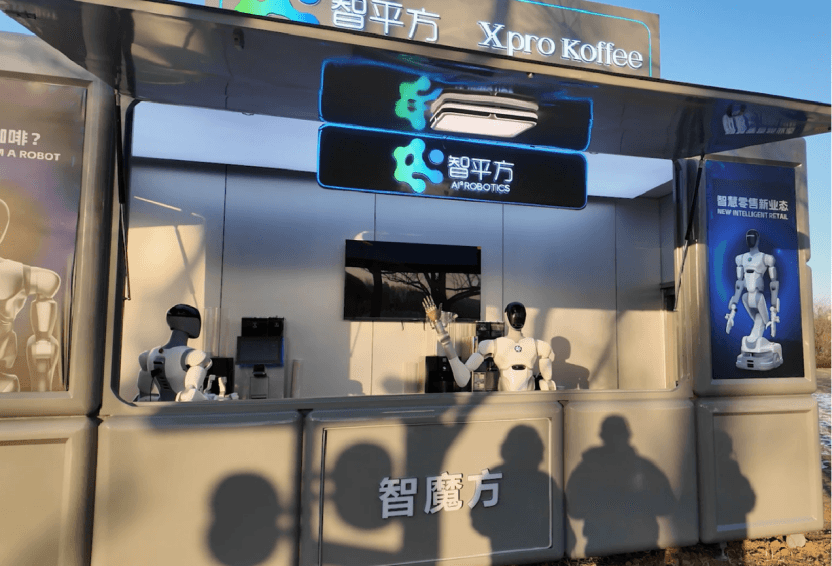
Featured Story
“Qwen Panic”: How Alibaba’s AI Ambitions Are Shaking Silicon Valley
"Qwen Panic" captures Silicon Valley's unease as Alibaba's AI advances challenge U.S. dominance, with its open-source Qwen models and ChatGPT-competing app reshaping the competitive landscape.

Newsflash
Alibaba Launches Robotics and Embodied AI

News
Xiaomi Responds to Incident of Car Reportedly Driving Off on Its Own
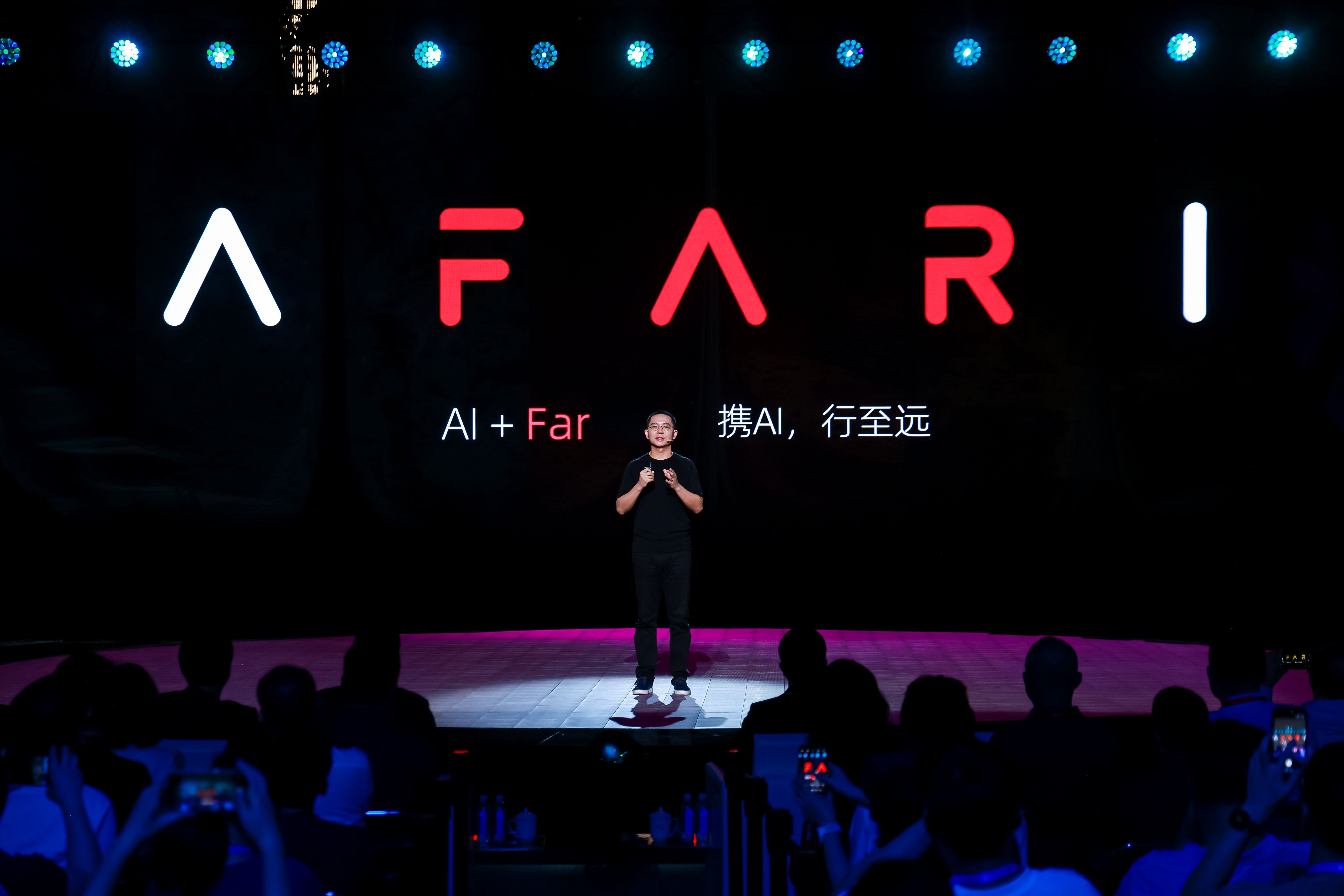
AI
Afari Technology Unveils AI Plan and New Brand
In Chongqing, Afari debuted its brand and “AI + Vehicle” strategy, showcased 8D city smart-driving, and outlined a rapid robotaxi rollout toward large-scale commercialization.

Industry
ByteDance’s Doubao Translation Model Supports 28 Languages, Performance Comparable to GPT-4o
ByteDance debuts Doubao translation model: two-way across 28 languages, performance comparable to GPT-4o, with fluent output and 4K context.
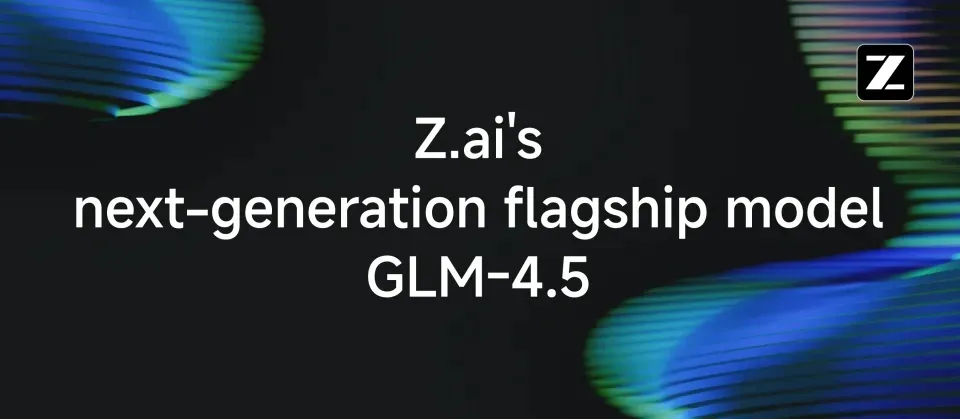
WAIC2025
Zhipu AI Launches GLM‑4.5, an Open-Source 355B AI Model Aimed at AI Agents
Chinese startup Zhipu AI (now rebranded as Z.ai) has open-sourced its new flagship model GLM‑4.5, a 355-billion-parameter foundation AI model. The July 28 ann...
Latest News
Safe, Wireless, and Fully Inside: China Tests Its First Fully Implanted Brain-Computer Interface
China's NeuroXess has successfully conducted the country's first human clinical trial of a fully implanted, wireless brain-computer interface. The system uses non-penetrating electrodes to enable thought-controlled digital interaction, prioritizing safety and offering performance competitive with leading global technologies.
China's Most Influential Museums in 2025
China’s leading museums are rapidly evolving into global cultural IPs, blending deep heritage with digital innovation and commercial creativity...
Brightinstar Launches MF 35mm F1.4 Full-Frame Manual Lens, Priced from USD 99.86
Lens manufacturer Brightinstar has released an affordable, full-frame 35mm F1.4 manual focus lens. With a retro metal design and an introductory price of RMB 699 (~USD 99.86), it targets photography enthusiasts seeking a budget-friendly prime lens.
Volcano Engine Named Exclusive AI Cloud Partner for the 2026 Spring Festival Gala
ByteDance’s Volcano Engine has been appointed the exclusive AI cloud partner for the 2026 CCTV Spring Festival Gala. It will use its multimodal AI and cloud tech to support program production and interactivity for the massive live event.
Sharge Secures Nearly USD 14.29 million in Series A+ Funding to Accelerate AI Glasses Rollout
Consumer tech company Sharge has raised nearly RMB 100 million (~USD 14.29M) to scale production of its new AI glasses. The product, launching soon, integrates a memory engine for personal data and targets shipments of over 100,000 units in its first year.
Shanghai Jiao Tong University and Huawei Unveil “Zhiyuan-1,” a National Benchmark for University AI Computing [图片]
Shanghai Jiao Tong University and Huawei have launched “Zhiyuan-1,” a massive AI computing platform for academic research. With 633 PFLOPS of power, it supports large model training and complex projects like deep-sea genomics and medical diagnostics.
AI² Robotics Launches “ZhiCube,” the World’s First Modular Embodied AI Service Space
AI² Robotics has launched “ZhiCube,” a modular service space powered by its humanoid robots. The company plans to deploy 1,000 units across China within three years as part of its intelligent urban infrastructure strategy.
Avatr Files for Hong Kong IPO at Valuation of USD 4.6 Billion
Premium EV brand Avatr Technology, backed by Changan, CATL, and Huawei, has filed for a Hong Kong IPO. The filing reveals rapid sales growth and a valuation of approximately $4.6 billion.
Featured News
Stay Updated
Get the latest China tech news delivered to your inbox

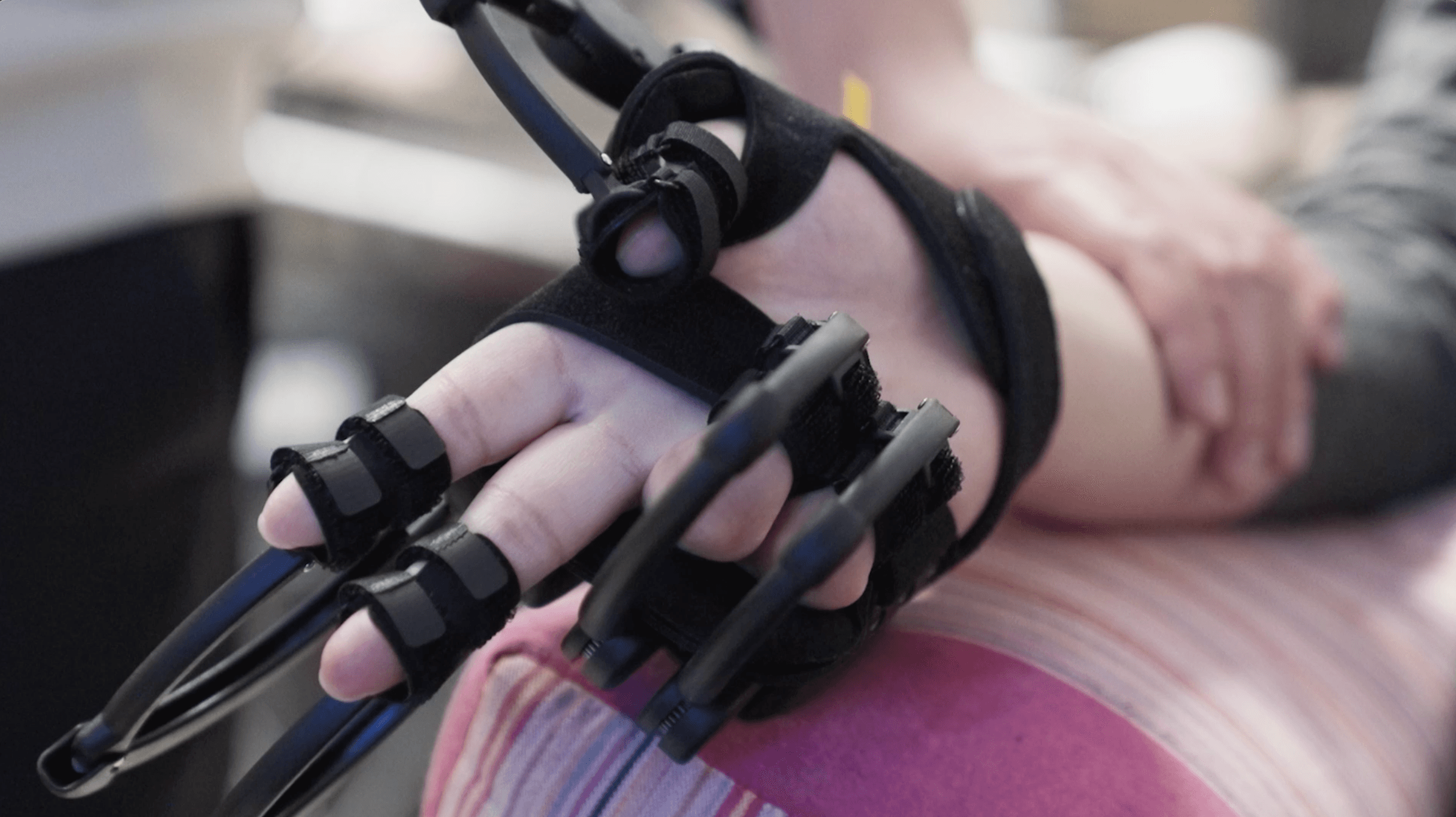


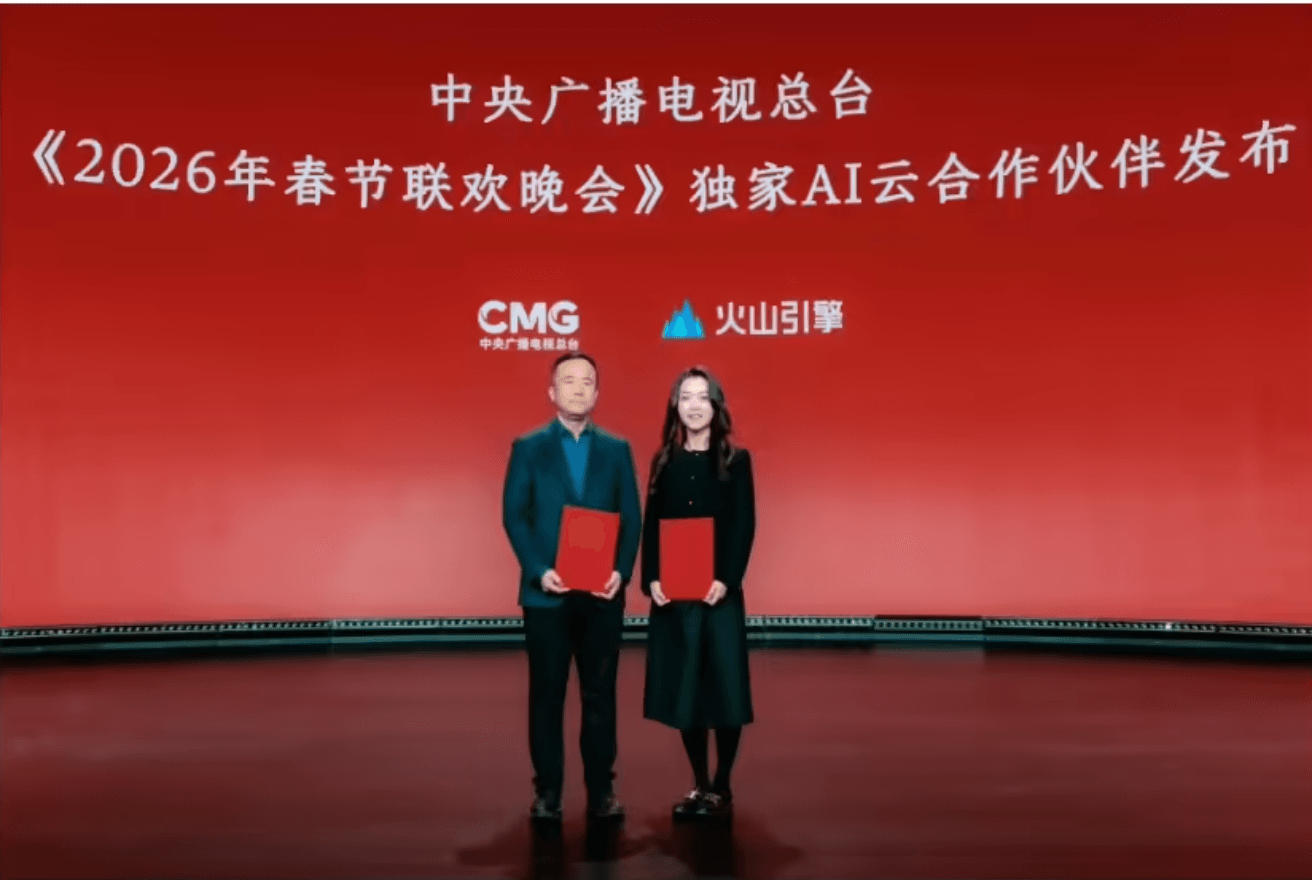

![Shanghai Jiao Tong University and Huawei Unveil “Zhiyuan-1,” a National Benchmark for University AI Computing [图片]](https://cms-image.pandaily.com/_49266c3f64.png)
